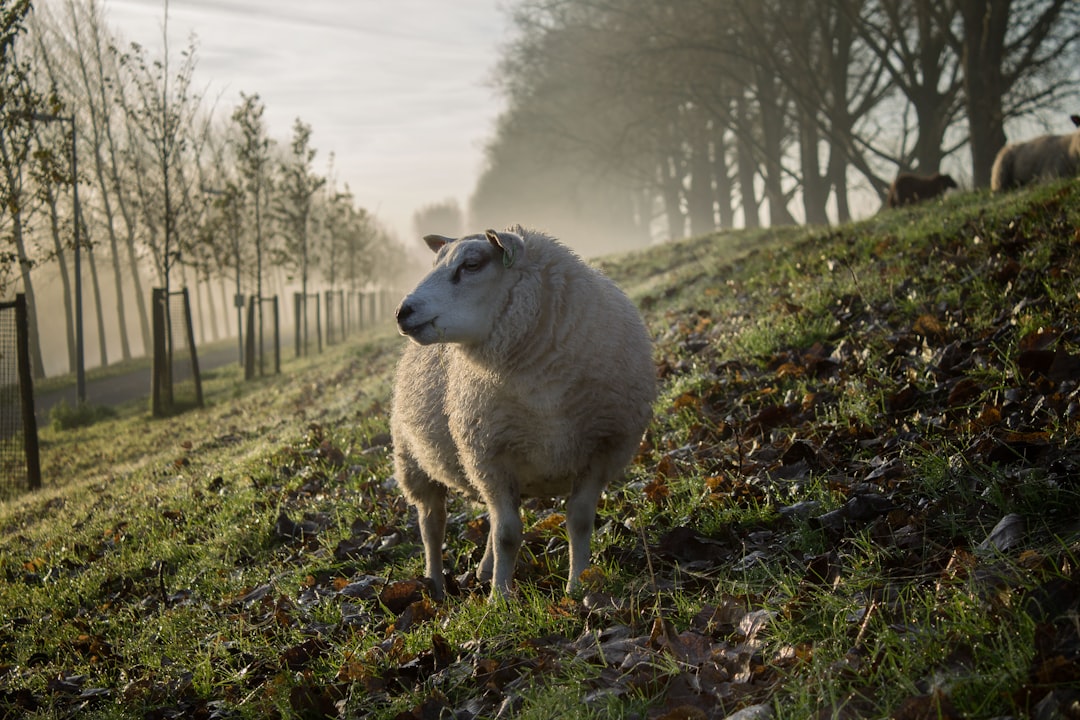Cattle, sheep, and goats are three of the most common livestock species raised globally, each with unique characteristics and management needs. Understanding these differences is crucial for optimizing their care, productivity, and welfare. This post explores the distinct requirements and management strategies for each species, highlighting their nutritional needs, housing requirements, and behavioral considerations.
Nutritional Needs
-
Cattle:
-
Diet: Cattle are primarily grazers, consuming large amounts of grasses and other forages. They can also be fed concentrates like grains for faster growth.
-
Nutritional Requirements: Cattle require a diet rich in fiber and energy to support growth and milk production.
-
-
Sheep:
-
Diet: Sheep are grazers, preferring grasses, clover, and broadleaf weeds. They are more selective in their feeding habits compared to goats.
-
Nutritional Requirements: Sheep need a balanced diet with adequate protein and energy to maintain wool production and reproductive health.
-
-
Goats:
-
Diet: Goats are browsers, preferring leaves, twigs, and shrubs. They are efficient at utilizing poor-quality forages.
-
Nutritional Requirements: Goats require a diet rich in fiber and minerals, particularly copper, which is essential for their health.
-
Housing Requirements
-
Cattle:
-
Space and Ventilation: Cattle need ample space for movement and social interaction. Proper ventilation is crucial to prevent respiratory issues.
-
Shelter: Providing shelter from extreme weather conditions is important, especially in harsh climates.
-
-
Sheep:
-
Space and Ventilation: Sheep also require adequate space and ventilation to maintain health and prevent disease.
-
Shelter: Sheep benefit from shelter, particularly in cold or wet conditions, to protect their wool and prevent hypothermia.
-
-
Goats:
-
Space and Agility: Goats are agile and require space to climb and move freely. Their housing should accommodate their natural behavior.
-
Shelter: Goats need shelter from extreme weather, but they are generally more adaptable to varied conditions than sheep.
-
Behavioral Considerations
-
Cattle:
-
Social Structure: Cattle are social animals that thrive in herds. They have a hierarchical structure and prefer to stay together.
-
Handling: Cattle handling should be gentle and minimize stress to prevent injury to both animals and handlers.
-
-
Sheep:
-
Social Structure: Sheep are highly social and flock together for safety. They are less inquisitive than goats and prefer to stay in groups.
-
Handling: Sheep handling requires careful management to avoid stress and injury, as they can be skittish.
-
-
Goats:
-
Social Structure: Goats are also social but tend to be more independent and curious than sheep. They often wander and explore their surroundings.
-
Handling: Goats require secure fencing due to their agility and tendency to escape. Handling should be gentle but firm to manage their inquisitive nature.
-
Conclusion
Managing cattle, sheep, and goats effectively requires understanding their unique nutritional needs, housing requirements, and behavioral characteristics. By tailoring management strategies to these differences, farmers can optimize animal welfare, productivity, and sustainability. As global agriculture continues to evolve, recognizing these distinctions will remain crucial for maintaining healthy and thriving livestock populations.
Citations:
- https://www.kalmbachfeeds.com/blogs/goats-and-sheep/what-are-the-differences-between-sheep-and-goats
- https://www.bqa.org/Media/BQA/Docs/cchg2015_final.pdf
- https://www.vigyanvarta.in/adminpanel/upload_doc/VV_0724_04.pdf
- https://mbfp.mla.com.au/herd-health-and-welfare/5-manage-the-welfare-of-all-cattle/
- https://www.youtube.com/watch?v=NArJ59ht9ns
- https://agriculture.institute/livestock-pasture-management/essential-principles-effective-livestock-management/
- https://www.shepherdess.com/sheep-vs-goats-which-is-a-better-homestead-animal/
- https://ahdb.org.uk/knowledge-library/husbandry-and-management-of-beef-cattle

Comments
No comments yet. Be the first to comment!
You must be logged in to comment. Login